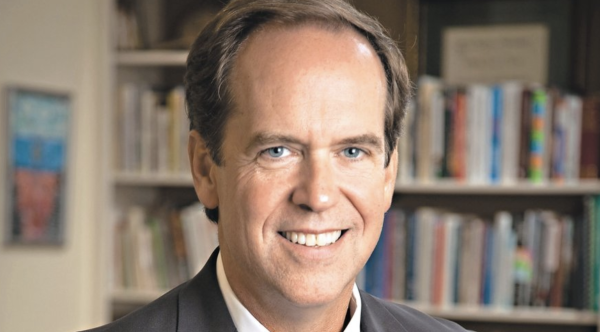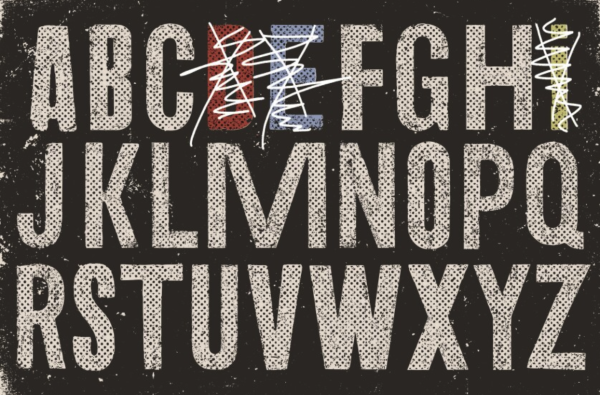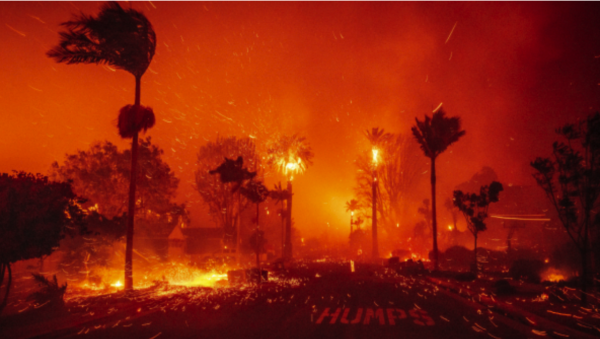Creating Communities provides creative student outlet
For six years the program Creating Communities has taken students skilled in visual and performing arts into Atlanta to look at art and see how it affects communities.
“We consider our focus to be the overlap between public art, space, and community,” said visual arts chair and Creating Communities founder Ben Steele. “[We focus on] how those things interact and affect each other.”
Creating Communities achieves this goal by meeting organizers of art exhibitions in the city and participating in these events. They also have the goal of giving students an idea of what the creative Atlanta community is like. This year, the group has three faculty advisors, Steele, Sabrina Johnson, and Pamela Martinez. The group met once each month for a field trip, and, aside from working in the Atlanta community, the group goes on one out-of-town trip each year.
“We go to an international event on the scale of something that people all over the world are coming to experience,” said Steele. “It’s a window onto that next level of this whole interconnected group of people who value these artistic details.”
The group has journeyed to many art festivals in past years, including ones in New Orleans and New York, and this year they journeyed went to Miami, Florida to attend Art Basel.
“I thought that it is such a unique experience not only in terms of the quality of work but also the fact that there is so much of it there at one point in time, and how it is laid into the fabric of Miami as a city,” said Steele. “Going to the different fairs and events you really get to experience all aspects of different areas of Miami, as well as getting a larger picture of what the art world is like.”
The trip started by going to a large convention center with galleries from all over the world selling pieces and representing artists. That display of the art community is more market driven than other parts of the art shown in Miami. “There were all these different sections of different types of art in the convention center,” said junior Thomas DeWalt. “Whether it was electronic, 2D, or sculpture, you could go to different corners of the convention center and it shifted in different artistic directions.”
Parts of the international art festival were set on a platform directly on the beach, so students had to ability to step outside and throw a football around for a little bit before returning inside to look at the artwork with a fresh mind. The group was also able to visit multiple smaller galleries. In these museum spaces, work had been curated by private collectors who show pieces from a few independent artists to the public. There were still other galleries, such as an interactive one with optical illusions that displayed how light bounces off mirrors.
“The private collectors were people who had pretty much made fortunes and started running free mini museums for the public,” said senior Grace Weston. “They do that simply because they love art and want to give the community the opportunity to experience it. We also walked along streets of Miami and looked at murals, which had a BeltLine feel to it.”
Going to these smaller galleries gave the group a broader view of everything that goes into the creation and dissemination of art. The level of art collected by these curators in small Miami galleries hints to the future pieces that will be displayed in larger museums.
“I always love the Rubell family collection, which is a private art collection in Miami, because I feel like every time I go there I see artists for the first time that I have never seen anywhere beforehand,” said Steele. “Then, within a year or two those artists are the ones who are starting to show up in museums all over the world. So it’s really cool to say you saw it there first.”
Aside from visiting Miami, Creating Communities also participated in Atlanta’s Lantern Parade at the beginning of the school year. The director of the parade came to Broyles Art Center and held a workshop on making lanterns during open studio. Then, the group marched along the east side of the BeltLine along with about 11,000 people and their lanterns. The event sometimes includes marching bands, giving it an overall New Orleans and Mardi Gras vibe, which shows how community festivals are a way of life in New Orleans. The director, Chantelle Rytter, is from New Orleans and this parade is a way of bringing that piece of New Orleans to Atlanta, considering this city does not have a lot of similar events.
“The Lantern Parade is one of the most fun and engaging ways to begin the year and the program,” said Steele. “One thing that I love about it is some people are trained visual artists from the group and other people are definitely not, but when you are making a lantern you can put care and creative thought into it and it’s not intimidating at all. So no one feels like they don’t have enough ability to make it because you are all just experiencing it and having fun together.”
Aside from Art Basel and the Lantern Parade, there are plenty of things that Creating Communities wishes they could do to expand their involvement in the artistic community. To focus mainly on field trips, which not all members are able to attend, limits the group’s activity.
“It would be fascinating for Creating Communities to become a class in some format, which would allow us to get a little bit more in depth into meetings, talking about what we see, do readings, and have guest speakers,” said Steele. “I think there is a lot there that could be an academic curriculum that would tie in very seamlessly with the activities that we do. Right now, because it is an extracurricular, we just skim the surface on some of that stuff.”
Overall, the group continues to engage in the Atlanta art community and observe the connections between communities and its art. Whether a student has focused academically in the arts or not, Creating Communities is a way to explore art and learn more about it, and therefor is open to all students.
“I love getting to know students who are not in my classes,” said Steele. “This group creates another entry point for students to come down to Broyles and feel like the art rooms and spaces are a place they can come to create and enjoy experiences.”




